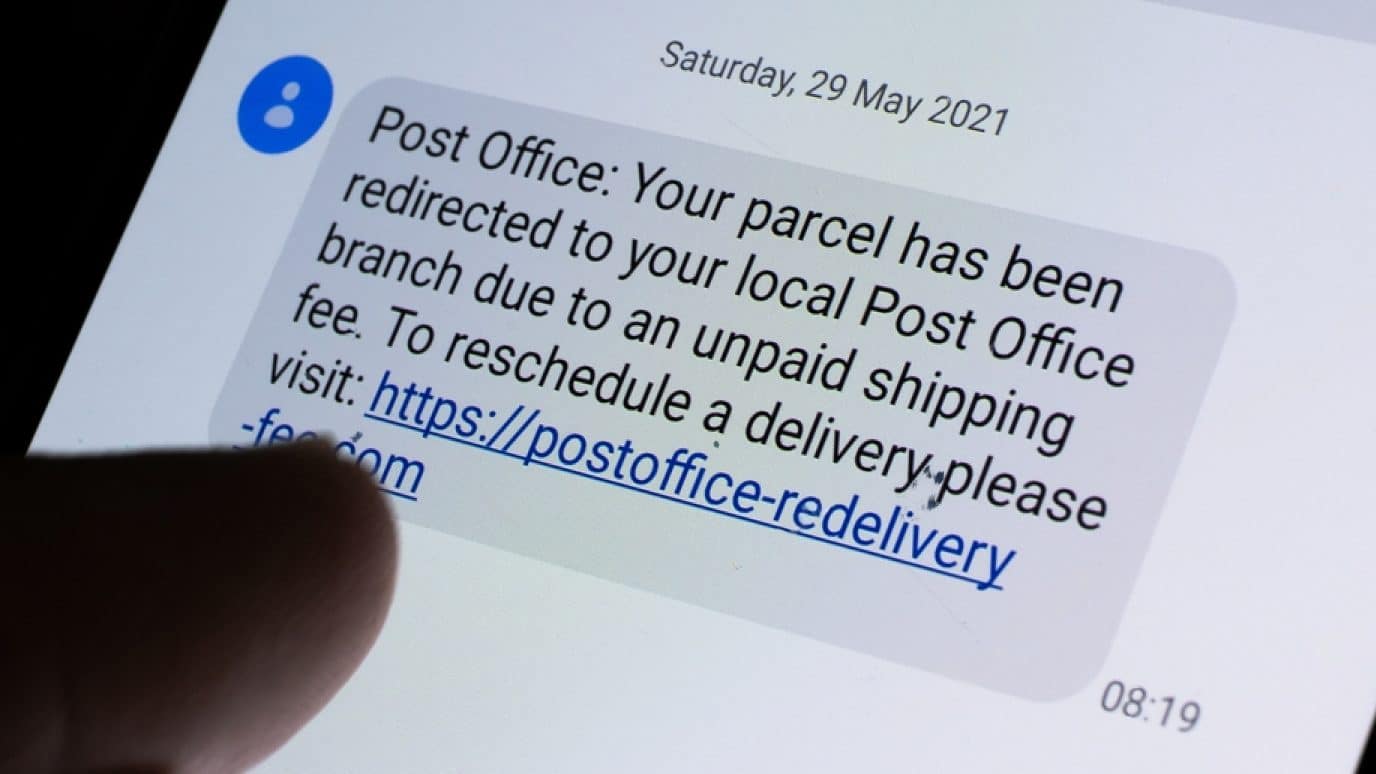The internet has become an essential part of our lives, and with it, we face an increasing number of scams and spam messages. These terms are often used interchangeably, but they refer to distinct types of online threats. In this article, we will explore the difference between scams and spam, how they can affect you, and what measures you can take to protect yourself.
1. Introduction
The internet has revolutionized the way we communicate, shop, and conduct business. However, with the increase in online activity, there has been a corresponding increase in the number of scams and spam messages. Scam and spam are often used interchangeably, but they refer to distinct types of online threats.

Scams are deliberate attempts to deceive individuals into giving away money or personal information. Spam, on the other hand, refers to unsolicited messages that are sent to a large number of people. While scams are designed to be more targeted and personal, spam messages are often sent to as many people as possible with the hope that some will respond.
Understanding the difference between scams and spam is crucial to protect yourself from these online threats. In the following sections, we will explore the characteristics of each and provide tips on how to stay safe.
2. What is Scam?
A scam is a fraudulent scheme designed to trick individuals into giving away money or personal information. Scammers use various tactics to deceive their targets, including posing as a legitimate organization, creating fake websites, and using emotional appeals. Scams can be perpetrated through email, social media, text messages, and phone calls.

Types of Scam
There are many different types of scams, but some of the most common ones include:
- Phishing Scams: This type of scam involves sending an email that appears to be from a legitimate organization, such as a bank or an e-commerce site, but is actually fake. The email will usually ask the recipient to click on a link and enter their login credentials or other personal information.
- Lottery Scams: In this type of scam, the victim receives a message informing them that they have won a large sum of money in a lottery. The victim is then asked to pay a fee or provide personal information to claim the prize.
- Investment Scams: These scams involve convincing individuals to invest money in a fraudulent scheme that promises high returns. The scammers will usually offer a convincing pitch, but the investment is fake, and the victims will lose their money.
Common Scams to Look Out For
Some of the most common scams to look out for include:
- Romance Scams: These scams involve creating fake online profiles on dating sites and social media platforms to form relationships with unsuspecting victims. Once the scammers have gained the victim’s trust, they will ask for money or personal information.
- Tech Support Scams: In this type of scam, the victim receives a call or message from someone claiming to be a tech support representative. The scammer will then ask the victim to provide remote access to their computer or pay for a fake software update.
3. What is Spam?
Spam refers to unsolicited messages that are sent to a large number of people. The messages can be sent through email, social media, text messages, or any other online communication platform.
Types of Spam
There are various types of spam messages, but some of the most common ones include:
- Email Spam: This is the most common type of spam message, and it involves sending unsolicited emails to a large number of people. The emails can be promoting a product or service, or they may contain malicious links or attachments.
- Social Media Spam: Social media platforms are also used to distribute spam messages, often in the form of comments, direct messages, or fake friend requests.
- Text Message Spam: Spam messages can also be sent via text message. These messages often promote a product or service, and they may include a link to a website or a phone number to call.

Common Spam Messages to Avoid
Some common spam messages that you should avoid include:
- Phishing Messages: These messages are designed to look like legitimate messages from a trusted source, such as a bank or an e-commerce site. They will often ask you to click on a link or provide personal information.
- Chain Messages: These messages encourage you to forward the message to a certain number of people or risk bad luck. They are often harmless, but they can be annoying.
- Lottery Messages: These messages inform you that you have won a large sum of money in a lottery, but to claim the prize, you need to provide personal information or pay a fee.
4. How to Protect Yourself from Scam and Spam

There are various steps that you can take to protect yourself from scams and spam messages. Here are some tips:
Tips to Stay Safe from Scam
- Be cautious of unsolicited messages: If you receive an unsolicited message, be cautious and verify the source before responding or clicking on any links.
- Check for signs of a scam: Be wary of messages that ask for personal information or money, or that make unrealistic promises.
- Keep your personal information private: Don’t share personal information online, and use strong passwords for your accounts.

Tips to Avoid Spam
- Use spam filters: Most email providers and social media platforms have built-in spam filters that can help to block unwanted messages.
- Don’t respond to spam messages: Avoid responding to spam messages, as this can confirm to the sender that your email or phone number is active.
- Be careful when sharing your contact information: Only share your email or phone number with trusted sources, and be cautious when filling out forms or surveys online.
5. Conclusion
In conclusion, while scam and spam are often used interchangeably, they refer to distinct types of online threats. Scams are deliberate attempts to deceive individuals into giving away money or personal information, while spam messages are unsolicited messages that are sent to a large number of people. By understanding the characteristics of each and taking steps to protect yourself, you can stay safe and secure online.
6. FAQs
- Can I report a scam or spam message? Yes, you can report scams or spam messages to the appropriate authorities, such as the Federal Trade Commission or your email or phone provider.
- How can I tell if a message is a scam or spam? Look for signs of a scam, such as requests for personal information or money, or messages that make unrealistic promises. Be cautious of unsolicited messages, and verify the source before responding or clicking on any links.
- Can I unsubscribe from spam messages? Some spam messages may include an unsubscribe option, but be cautious when using this feature, as it can confirm to the sender that your email or phone number is active.
- What should I do if I have fallen victim to a scam? If you have fallen victim to a scam, report it to the appropriate authorities, and take steps to protect your identity and financial information.
- Can spam messages contain viruses or malware? Yes, some spam messages may contain viruses or malware. These messages often include a link or attachment that, when clicked, can download harmful software onto your device.
- How can I protect my computer from spam and viruses? To protect your computer from spam and viruses, you should use reputable antivirus software and keep it up to date. You should also be cautious when opening email attachments or clicking on links from unknown sources.
- What should I do if I receive a suspicious message from a friend? If you receive a suspicious message from a friend, it’s possible that their account has been hacked or compromised. Contact them separately to confirm that they sent the message, and advise them to change their passwords and review their security settings.
- Can I avoid spam messages completely? While it’s impossible to completely avoid spam messages, you can reduce the amount that you receive by being cautious when sharing your contact information online and using spam filters on your email and social media accounts.
- What should I do if I accidentally click on a spam or phishing link? If you accidentally click on a spam or phishing link, close the browser immediately and run a virus scan on your device. If you have provided personal information, contact your bank or credit card company to alert them to the potential breach.
- Can I sue someone for sending me spam or scam messages? In some cases, it may be possible to take legal action against individuals or companies that send you spam or scam messages. However, this can be a difficult and costly process, and it’s often easier to simply block or report the messages instead.

